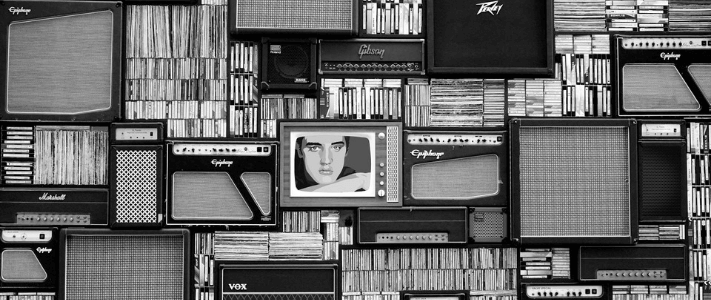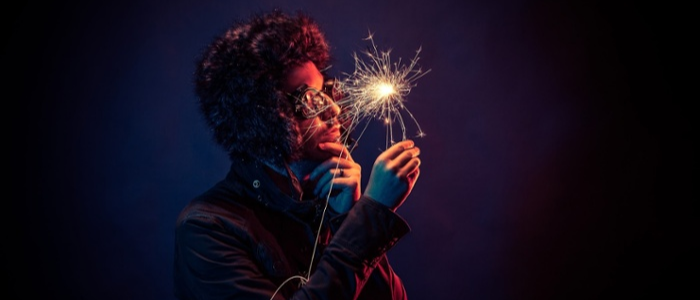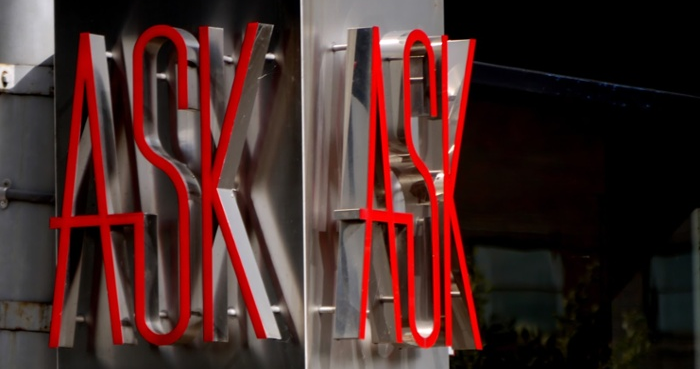 Movies, TV series, books and theatre all have one thing in common: They tell stories. Whether abstract or direct, and whatever genre, people engage with these mediums because of the stories they tell. Advertising is no different, although turn-around times, budget, and targeting have made it difficult to put effort into exceptional story-telling.
Movies, TV series, books and theatre all have one thing in common: They tell stories. Whether abstract or direct, and whatever genre, people engage with these mediums because of the stories they tell. Advertising is no different, although turn-around times, budget, and targeting have made it difficult to put effort into exceptional story-telling.
We look at the three ways in which advertisers can put story-telling to good use.
The benefit of story-telling in advertising can be shown in only three lines:- Stories = Emotional Investment
- Emotional Investment = Deeper Engagement
- Deeper Engagement = Higher Brand Sentiment
Even when the story is unfamiliar and the subject matter new to the viewer, the emotional ties they feel to the story are what cause them to become emotionally attached to the characters. This creates a truly memorable experience that leaves a lasting impression.
How advertisers can use great stories to boost engagement and brand sentiment
As mentioned, marketers have been lured into the trap of making product videos, that are passed off as adverts and do not engage, delight, or connect emotionally with audiences.
People will always skip an advert they don't care about, whether that means they 'Skip Ad' on Youtube, fast forward on TV, change radio stations, or leave webpages.
In any space, you can use storytelling to make meaningful connections with your consumers, and improve your engagement without being intrusive.
Here are the three ways you can use a great story in any medium to change that behaviour:
Attract
Ads that don’t resonate with viewers can annoy or disappoint them. The real art to advertising comes in when you strip down the contrived scenarios that are all too common, and find a way to immerse your audience, without alienating them.
Audiences, as much as advertisers, do not want bad advertising to prevail.
Attracting your audience in the first few seconds is not rocket science, but close. It’s story science.
“This is called the theory of narrative causality and it means that a story, once started, takes a shape. It picks up all the vibrations of all the other workings of that story that have ever been.”
― Terry Pratchett, Witches Abroad
Acknowledge that you have 2-3 seconds to grab their attention, and make it count. A great article on this is Scott Martin’s blog in which he discusses ‘what to do when you don’t have a tank’. His main focus is webpages, but the sensory stimulation he discusses can be applied anywhere.
Remember: Your advertising efforts are dependent on the attention you gain from your audience. Are you telling a story? Are you using storytelling techniques to grab their attention?
A good story hooks a reader in the first few pages or shots, and in advertising, using tools that are prevalent in film and fiction can help you in your quest for engagement.
Johnnie Walker Blue Label's Gentleman's Wager perfectly encompasses all of these requirements, and speaks to the target audience, but also engages those who are not in that demographic.
Engage
Use all the senses you can. This means a great soundtrack and everything else.
In writing, they teach us to flesh out a story with all five senses. Where storytelling wins out is in its ability to absorb a reader or listener with in-depth descriptions and sensory engagement. The video below demonstrates this in an innovative way.
Watch this man manipulate fire, water, and electricity with the power of sound from Kyle Mariam on Vimeo.In advertising, we seem to have left this art behind, and have started piling library tracks into our ads, leaving the art to Cinema Nouveau, and getting as many product shots in as we can. However, when we look at how much difference a well-placed soundtrack can make to the effect of an ad, we start to understand that we should not leave the art of advertising behind.
The impact on creative thinking, audience empathy, and emotional connection improves noticeably, and the retention of information is drastically improved.
Music is only one of the arts you can use to engage an audience, and in the next point, we look at full immersion, aided by imagery and imagination:
Immerse
Speaking in your audience's language, accessing their wants and needs, and including localised current affairs and information is just the beginning. Immersion is something we can, and should, take much further.
Remember that storytelling is not only in the script or the dialogue. It's partly speech, but has a huge contribution from the imagery conjured, shown, or created in the storytelling process.
It also isn't dependent on you dictating the way the audience should feel - sometimes, implying an emotion or feeling with imagery is sufficient.
Look at this video as an example. Taken by a skier on his iPhone, and hailed as one of the best ads for iPhone that ever wasn't, it shows the potential that a really immersive experience has to really delight your audience.
The way in which this skier has used music, excitement, imagery, and interest to convey his story is something we can - and should - learn from.
Understanding the basics of storytelling will help you to maximise the effect that your ads have on your audiences.
Follow us on social media, or subscribe to our trend alerts for on-the-spot trend updates.




SUBMIT YOUR COMMENT